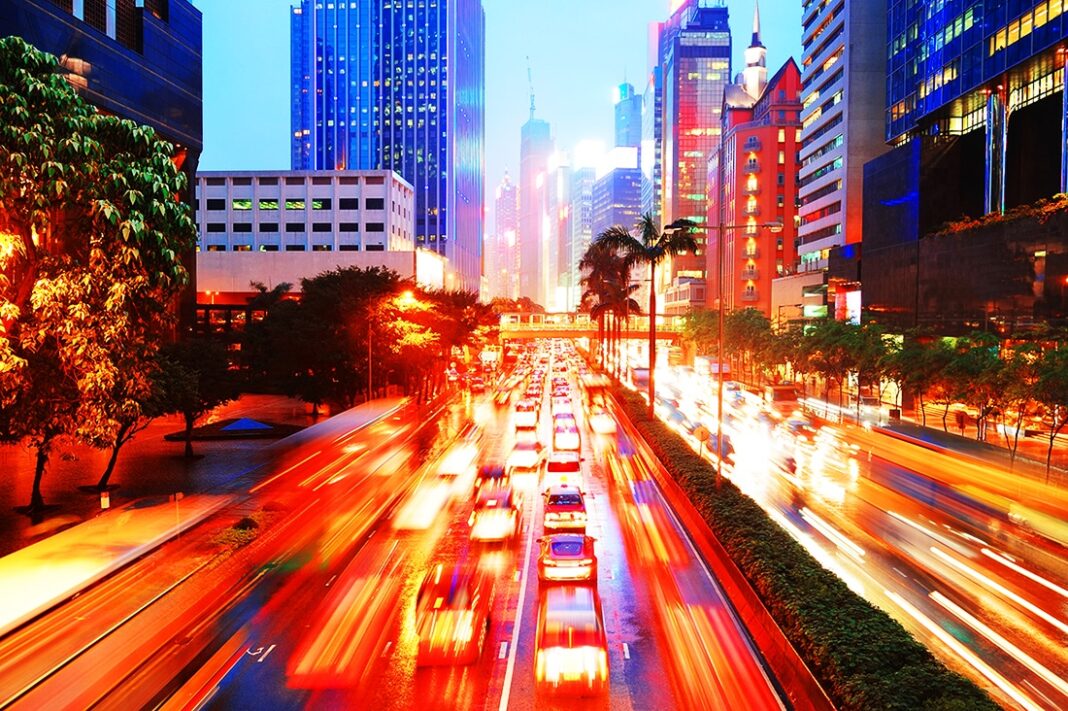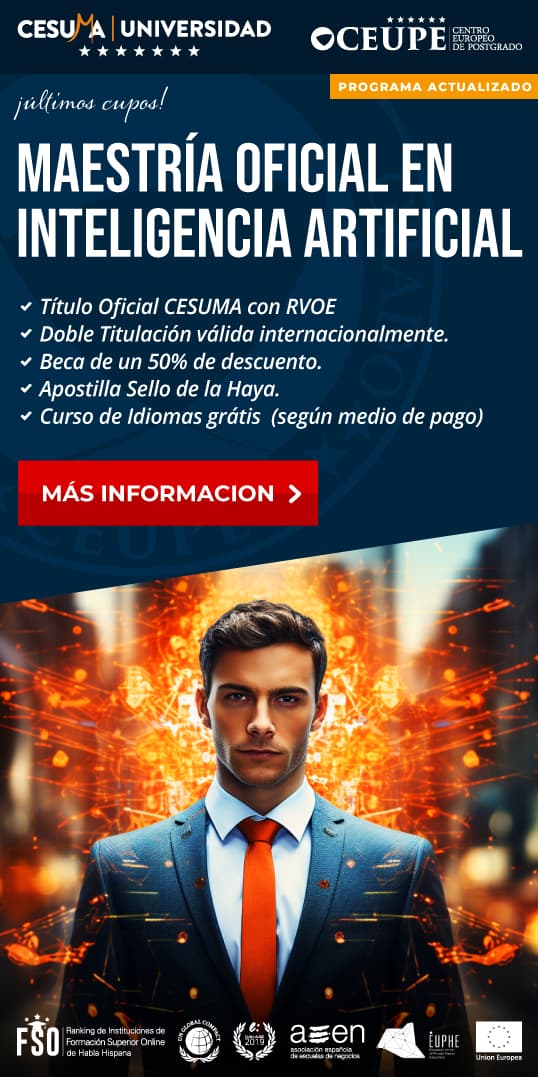As the world continues to grapple with the COVID-19 pandemic, many have turned to the arts to find solace and comfort in these uncertain times. From virtual museum tours to online performances, art has been a beacon of hope amidst the darkness.
The inherent power of art as a means of not only expression, but also healing, has never been more relevant than now. Indeed, as the pandemic forces us to stay indoors and away from loved ones, many are finding solace in music, films, books, paintings, and other artistic mediums. According to a recent survey by the National Endowment for the Arts, over half of American adults are turning to art during the pandemic, with many citing its ability to lift their spirits, reduce stress, and provide a much-needed escape from reality.
Moreover, a growing body of research suggests that engaging with art can have a positive impact on both mental and physical health. For example, a study published in the American Journal of Public Health found that participating in visual arts activities could improve psychological resilience and reduce symptoms of depression in older adults. Meanwhile, another study published in the Journal of Health Psychology suggested that listening to music could reduce perceived pain and increase feelings of social support.
But the power of art is not just limited to individuals. Art also has the potential to bring communities together and foster a sense of collective healing. Indeed, as the pandemic has exposed and amplified many of the existing social, economic, and racial inequalities in our society, art has played an important role in sparking important conversations and driving meaningful change.
For example, in the wake of the killing of George Floyd and the subsequent Black Lives Matter protests, artists around the world created powerful works of art to highlight the urgent need for racial justice and equality. From murals and street art to performance pieces and music videos, these works not only served as a form of protest, but also as a means of communal healing and empowerment.
In short, art is indeed the antidote to the pandemic. By encouraging creativity, fostering connection, and promoting healing, art has the potential to help us navigate these difficult times and emerge stronger and more resilient on the other side. As the poet Rainer Maria Rilke once wrote, “Our task is to listen to the news that is always arriving out of silence.” In these turbulent times, let us turn to art and listen to the message of hope and healing that it brings.
- Breaking Boundaries: Revolutionary Scientific Discovery Unleashes a New Era of Possibilities! - 9 de junio de 2023
- Exploring Beyond Our Solar System: The Next Frontier of Space Travel! - 9 de junio de 2023
- Experience Life in Harmony with Nature: Join the Ecotourism Movement Today! - 9 de junio de 2023



